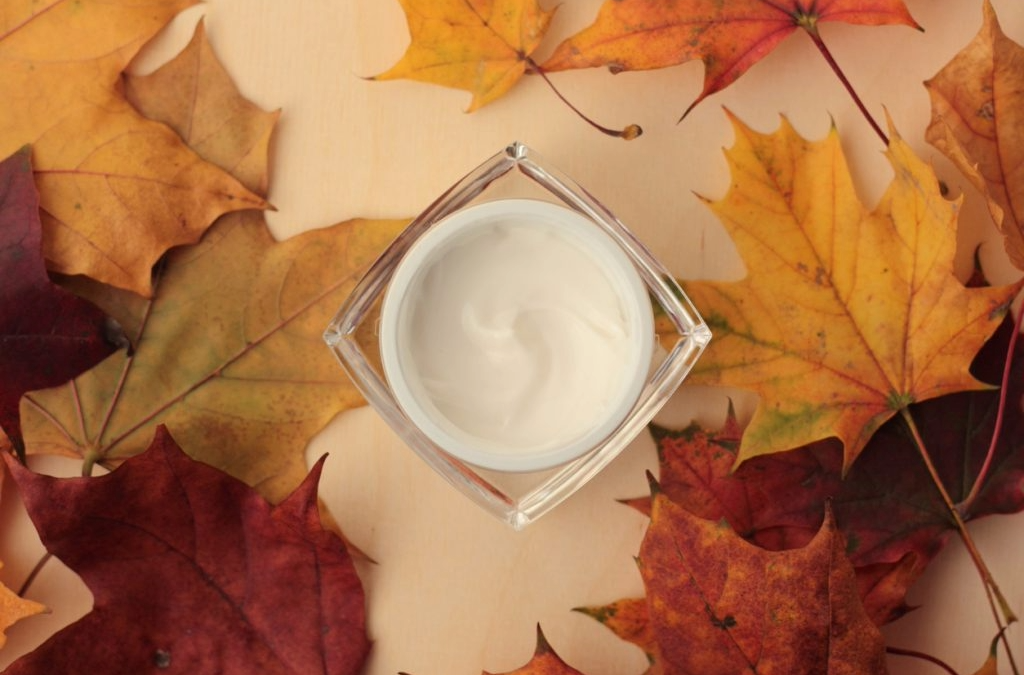Oman today_ With the arrival of autumn, lower temperatures and reduced humidity create conditions that make the skin more prone to losing moisture and becoming dry. Weather changes are not the only factor; temperature fluctuations, clothing choices, and certain health conditions can further aggravate skin dryness and sensitivity.
Temperature Fluctuations
Skin responds positively to stable temperatures, but sudden shifts between cold and heat can disrupt its structure. Constantly moving between chilly outdoor air and warm indoor environments, washing frequently with hot water, or prolonged exposure to heating sources are all factors that may lead to inflammation and significant dryness.
Rough Winter Clothing
Thick, rough clothing worn during cold seasons to stay warm can absorb the skin’s natural moisture, causing irritation and dryness. Opting for softer fabrics or layering with gentler materials can help prevent this problem.
Health Conditions and Nutrient Deficiencies
Certain health issues such as diabetes, the use of specific medications, genetic predispositions, and deficiencies in vitamins A and B can all intensify skin dryness. In such cases, topical care alone is not sufficient; maintaining overall health and proper nutrition becomes essential.
Signs of Dry Skin in Autumn
Damage to the skin’s outer layer caused by cold weather or wind may result in symptoms such as flaking, itching, redness, burning sensations, cracks, and rough patches on the surface of the skin.
How to Prevent and Manage Dry Skin in Autumn
Managing dryness during this season requires a combination of steps. Choosing a richer moisturizer suited to the skin’s needs is key. Long hot showers should be avoided and replaced with lukewarm water. Using a humidifier indoors can help restore moisture to the air. Staying hydrated by drinking enough water and eating water-rich fruits is also important. Gentle cleansers containing glycerin are preferable, while harsh or drying products should be avoided. Light exfoliation once in a while, daily use of sunscreen even in colder months, and applying hydrating face masks all support skin health. Switching to milder products in place of harsh anti-aging or acne treatments can also make a difference. Finally, protecting the lips with a nourishing balm containing SPF and vitamins completes a proper autumn skincare routine.

